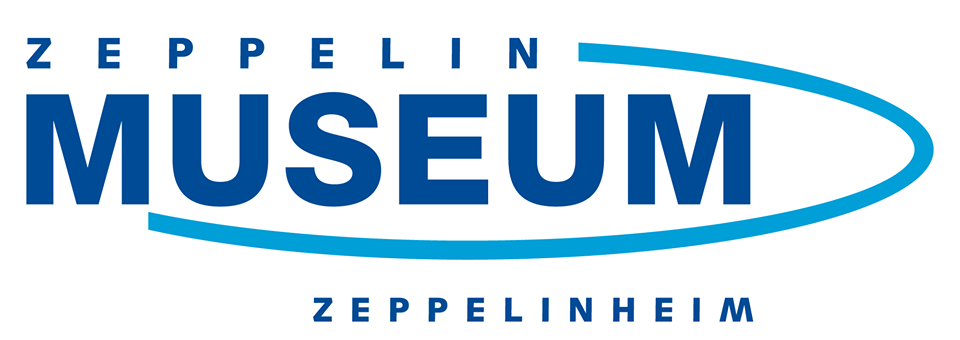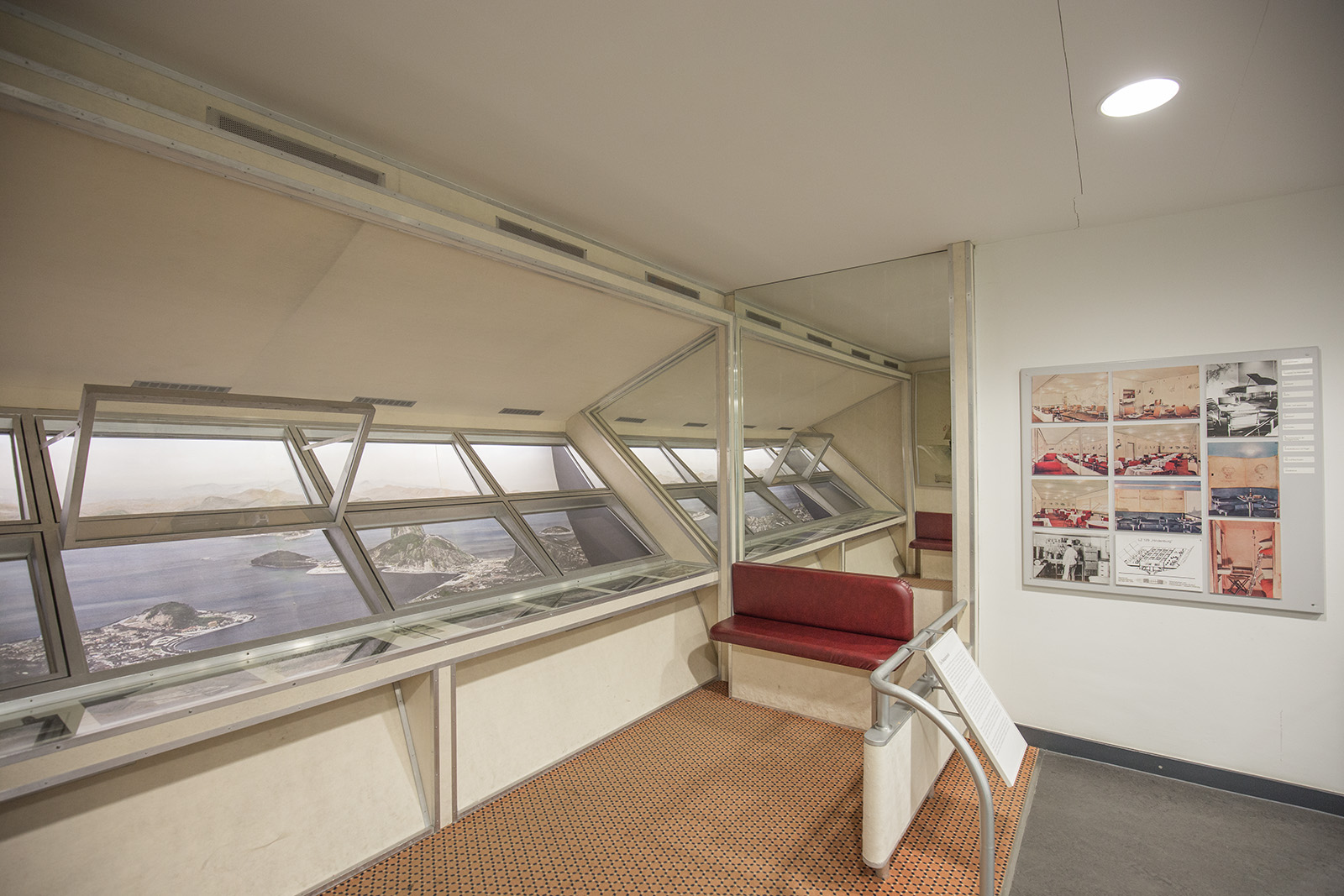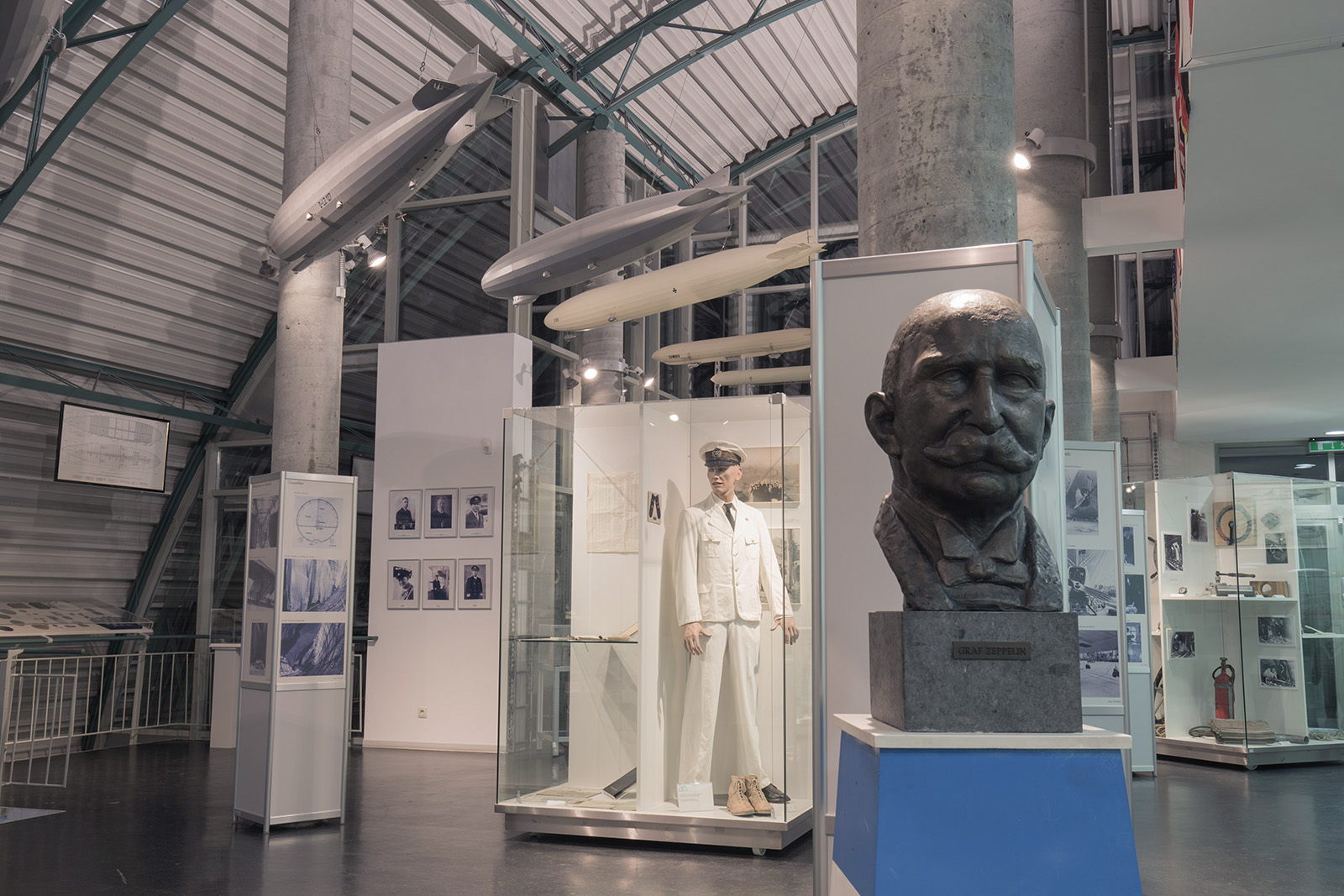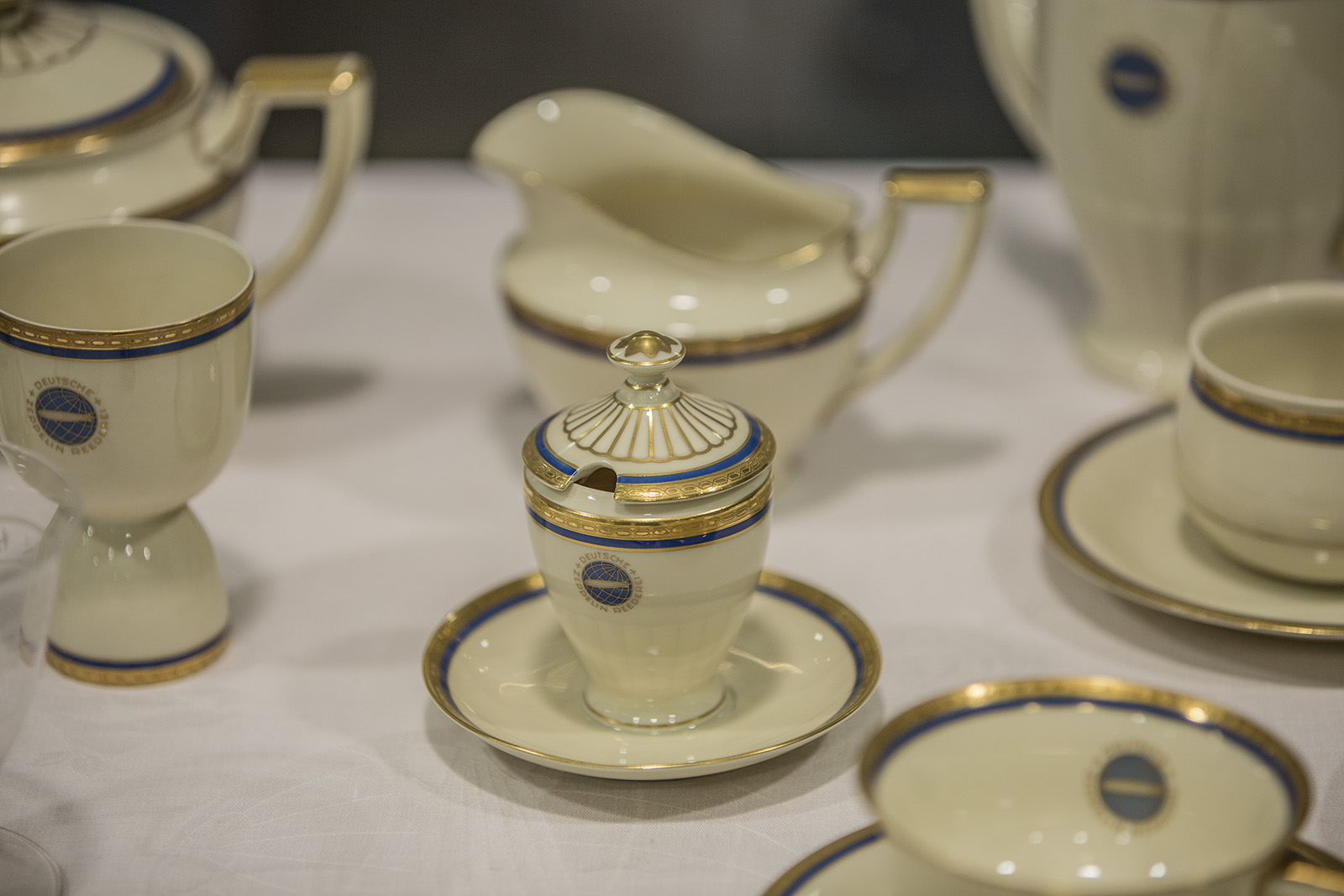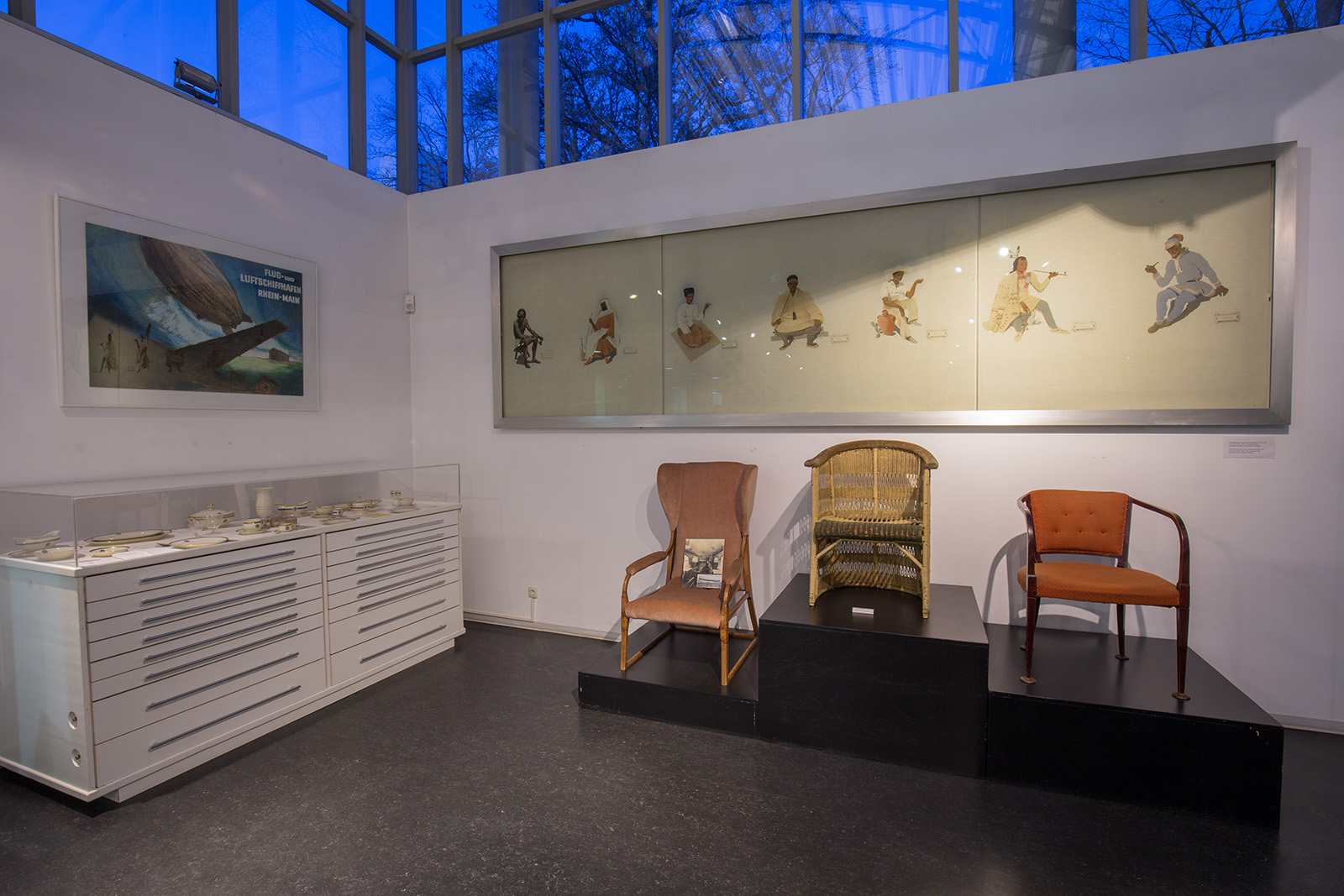| Information on the museum |
|---|
The Zeppelin-Museum in Zeppelinheim is dedicated to the history of Zeppelins with its focus on passenger airships. By means of a large number of exhibits from the golden era of the Zeppelin airships it is possible to follow the development of this outstanding technology. It is also supported by large scale models of important types of Zeppelins, from the first one LZ 1 launched in 1900 to the last one, LZ 130 "Graf Zeppelin (II)", which had its inauguration flight in 1938. The reconstruction of a small segment of the panorama deck of LZ 129 "Hindenburg" with its view on Rio de Janeiro, as well as a table with original board porcelain give visitors an impression on how it must have been to travel abroad via the Zeppelin "Hindenburg" to North or South America. Furthermore, authentic uniforms of crew members and other items from board are up for display. |
Even the architecture of today's museum was chosen to better capture the dimensions of a Zeppelin airship. The design of LZ 10 was the basis for the building. The rounded roof construction, which corresponds to a quarter of a Zeppelin, conveys very impressively the size of such a giant of the sky. |
| History of the Zeppelin-Museum |
|---|
In 1977 former crew members of Zeppelins and airship enthusiasts gathered in the newly founded "Zeppelin Kameradschaft". They started an extensive collection on airships with the aim to establish a Zeppelin museum. A first exhibition room was ready for display as early as the end of the 1970's. In 1988 the newly built museum was opened, as a stand-alone building connected to the Bürgerhaus Zeppelin. Today the "Kameradschaft" is named „Verein für Zeppelin-Luftschiffahrt Zeppelinheim e.V.“ and is a gathering of airship interested people, aiming to keep the history of the giant Zeppelins alive. |
| Where does the name Zeppelinheim come from? |
|---|
In 1936 the Flug- und Luftschiffhafen Rhein-Main (Airport Rhein-Main) opened. As of that time the transatlantic voyages with Zeppelins started from there. For this reason the Deutsche Zeppelin Reederei built for the flight and ground crews next to their working place a residential area - Zeppelinheim. The former airship colony Zeppelinheim is today a suburb of Neu-Isenburg. |
